Spirea birch-leaved "Thor": description, secrets of planting and care
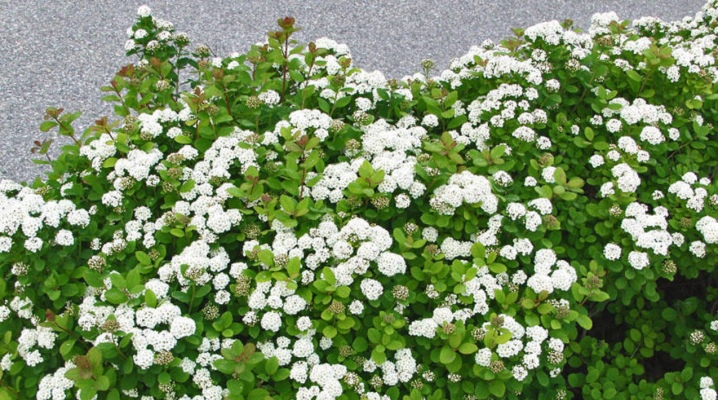
Spirea belongs to the genus of deciduous ornamental shrubs of the Pink family. Translated from the ancient Greek language, the word "spirea" means "spiral". In the wild, this shrub can be found in forests, forest-steppes and semi-deserts, in the mountainous subalpine belt of the Northern Hemisphere. It also grows in Asia and North America. Spirea is distinguished by drought resistance, winter hardiness and exactingness to soil fertility.

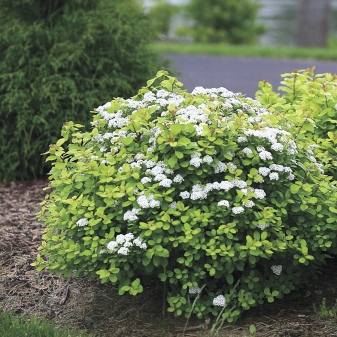
Appearance
Spirea birch-leaved "Tor" is a compact deciduous spherical plant about 70 cm high, the diameter of a dense spreading crown reaches 1 m or more. Young branches are ribbed and curved, have a reddish tint, old ones are brown. The leaves of the spirea are broadly ovoid, serrated, with a wedge-shaped base, they resemble birch leaves, for which this spirea received such a specific name. The color of the leaves is dark green with a steel sheen in summer and deep yellow or red-orange in autumn. On the underside, the leaf color is lighter, protruding veins are noticeable, the leaves reach 4 cm in length.

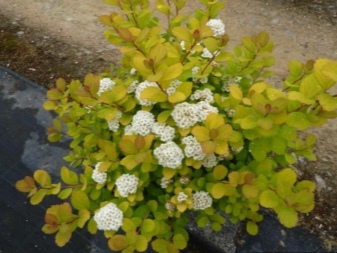
Spiraea birch-leaved blooms in late June, starting at 3 years of age. The scutellum inflorescences are 5-7 cm in diameter, they are dense, consisting of 20-90 small five-petal flowers, 7-8 mm each. The color of the petals is light cream. In August, the flowers begin to fall off, but sometimes they can bloom again.
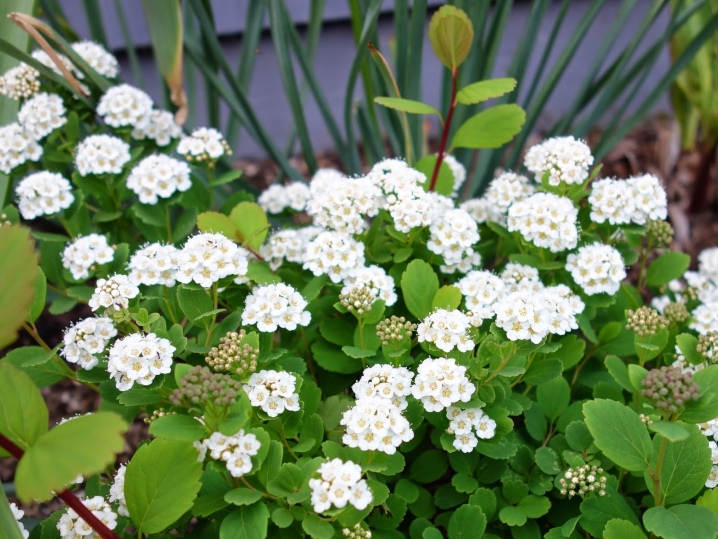
In October, the fruits of the birch-leaved spirea "Tor" ripen - leaflets.
How to plant correctly?
This variety of spirea can be planted in the spring, until the buds bloom, or in the fall (from the beginning of September). It is recommended to soak a seedling with an open root system in a liquid clay solution, adding a growth stimulator, before planting. The seedling in the container must be placed in a container with water so that the roots with an earthy clod can be easily removed. For planting, you should choose a place with good lighting or an area with light partial shade. The soil can be of any structure, but in the description of this variety it is noted that the shrub will have a beautiful bright color when planted in moist, drained loamy soil.
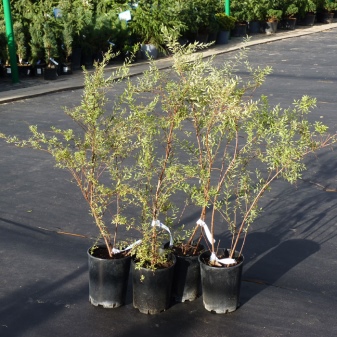
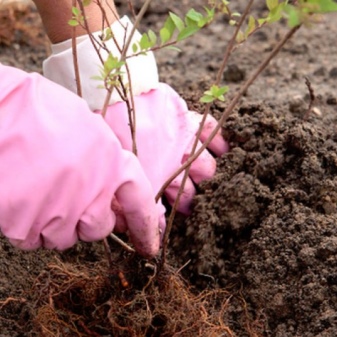
The size of the planting hole should be 2 times the volume of the spirea roots.
The required depth is about 50 cm, a drainage layer of 12-15 cm is placed at the bottom. The seedling in the hole should be placed so that its root collar is in line with the ground, then the hole should be filled with soil and compacted. It is recommended to make a groove in diameter for watering the bush. If the birch spirea will be used as a hedge, then the distance between the seedlings should be at least 50 cm.
An overview of birch spirea in the video below.
The necessary conditions
Despite the fact that this variety of birch spirea is quite easy to care for, you should carefully read the recommendations of experienced gardeners.
- Watering. Prolonged drought for Spirea birch-leaved "Thor" is destructive. For the bush to grow well, systematic watering is important. If it rains periodically in summer, then watering 2 times a month is quite enough. One plant requires 1-2 buckets of water, depending on its size. After irrigation, it is recommended to mulch or loosen the soil.
- Top dressing. Fertilizers should be applied several times per season. It is advisable to carry out the first feeding after spring pruning, using humus or mullein infusion with the addition of 10 g of superphosphate.In late May - early June, it is recommended to apply potassium-phosphorus fertilizers. You can use any complex preparations for flowering shrubs. In autumn, it is necessary to mulch the trunk circle with humus, peat or leaves.
- Pruning. This procedure is recommended in early spring before the kidneys awaken. All old shoots (6-8 years old) should be removed by pruning them near the ground, bearing in mind that the upper bud should grow outward. Young branches are pruned, collecting them in a bunch in order to properly form the crown. After five years of age, the stems of the shrub are cut to a height of 30 cm from the ground, this enhances the branching and density of the spirea. After flowering, it is imperative to remove wilted peduncles.
- Wintering. It is recommended to cut off damaged branches after the end of the leaf fall. This variety does not require special shelter in winter. However, the bush must be mulched with humus or peat, this will be not only protection, but also top dressing. To avoid damage from the invasion of large rodents, a special protective net should be installed in advance.
- Pests and diseases. The delicate leaves of spirea can be affected by aphid colonies that feed on plant sap, and whitish spots on the leaves indicate a spider mite attack. In addition, the whitefly, leafworm, multi-colored miner can harm the shrub. Acaricides should be used against ticks, and Fitoverm, Decis and other insecticides should be used against insects. Spirea birch-leaved "Thor" is rarely affected by fungi, but if damage to branches or leaves with gray mold is found, it is recommended to treat the plant with fungicides, for example, "Fitosporin-M", "Ditan M-45". Spring spraying of the bushes with Bordeaux mixture serves as the prevention of fungal diseases.
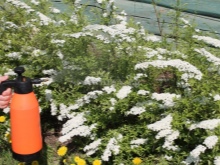
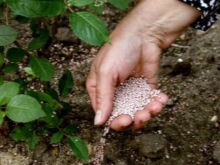
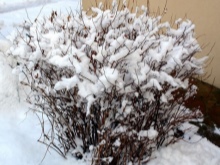
Application
In landscape design, Spirea birch-leaved "Thor" is often used as a hedge and edge near higher ornamental shrubs and trees.
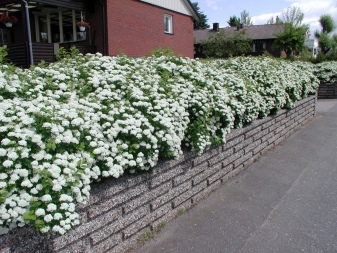
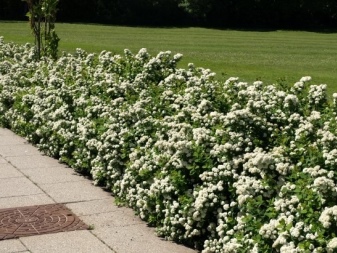
It is organically combined with perennial asters, roses, daylilies, lilacs, viburnum, conifers.
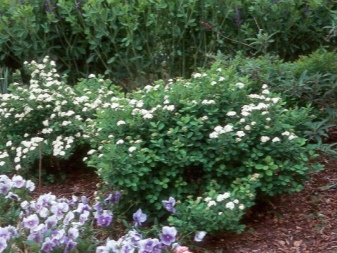
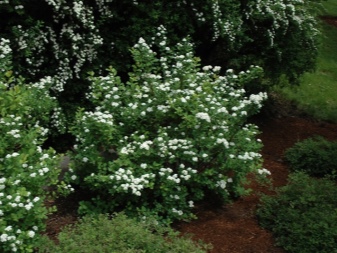
Spirea is good in both pure and mixed compositions. She adorns alpine slides, rockeries, mixborders.
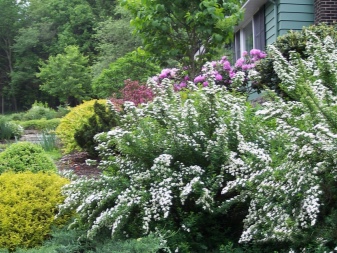
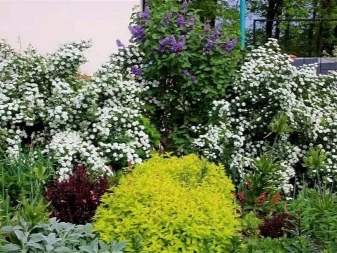
Birch spirea is very beautiful both during flowering and in autumn, when its leaves acquire a bright yellow or reddish tint.
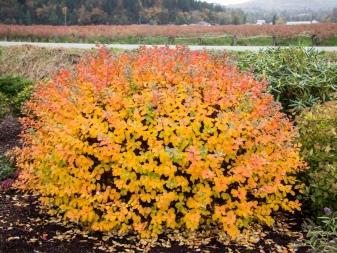
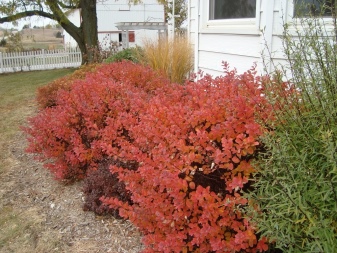



































































The comment was sent successfully.